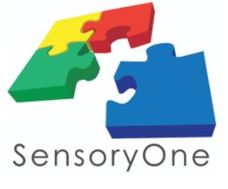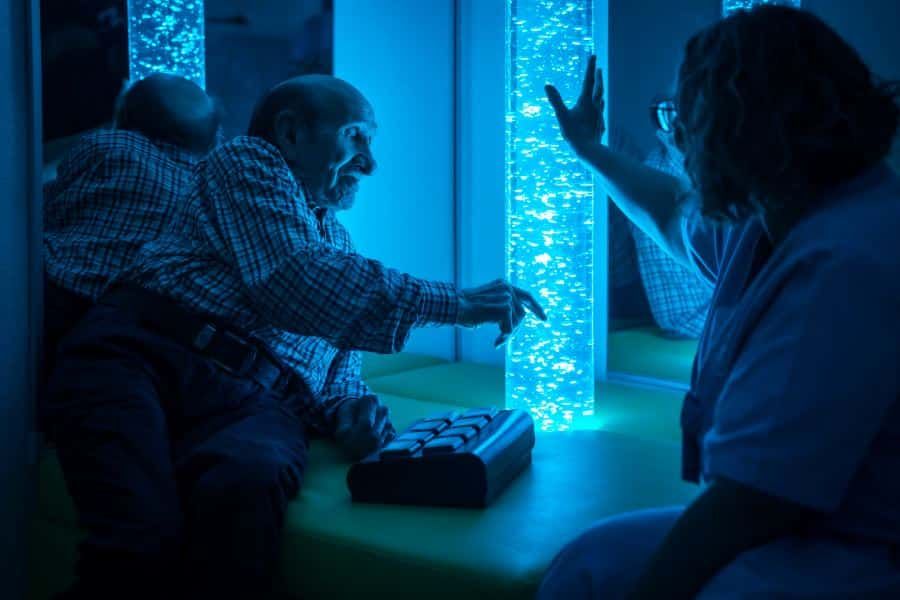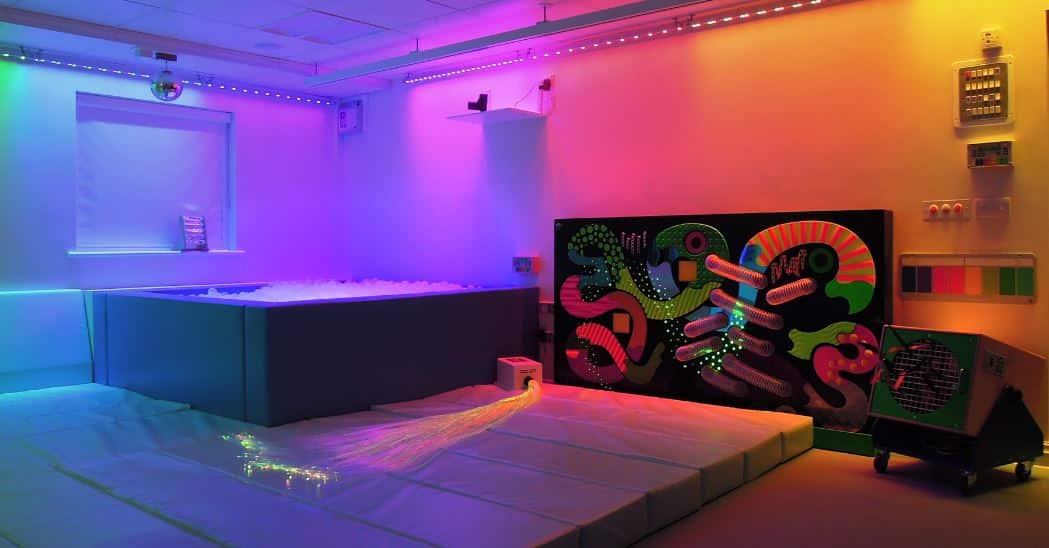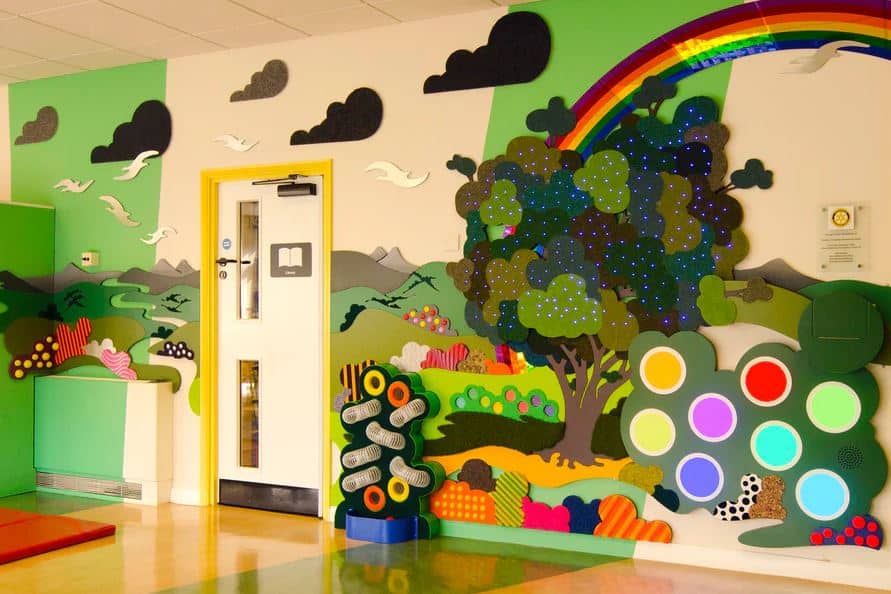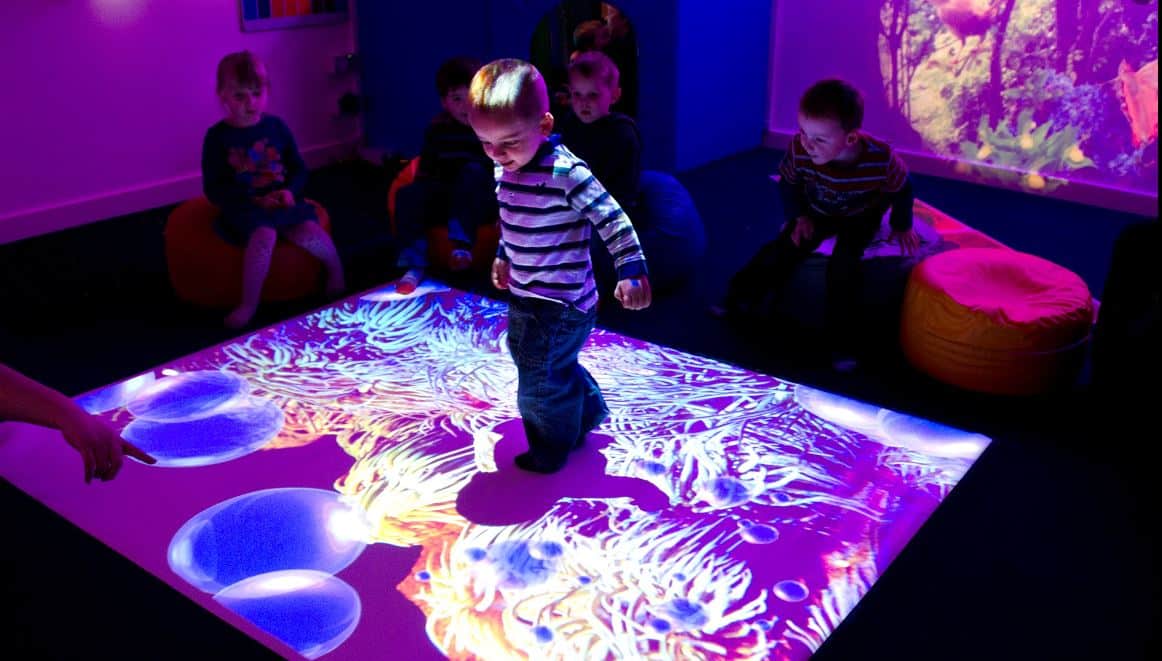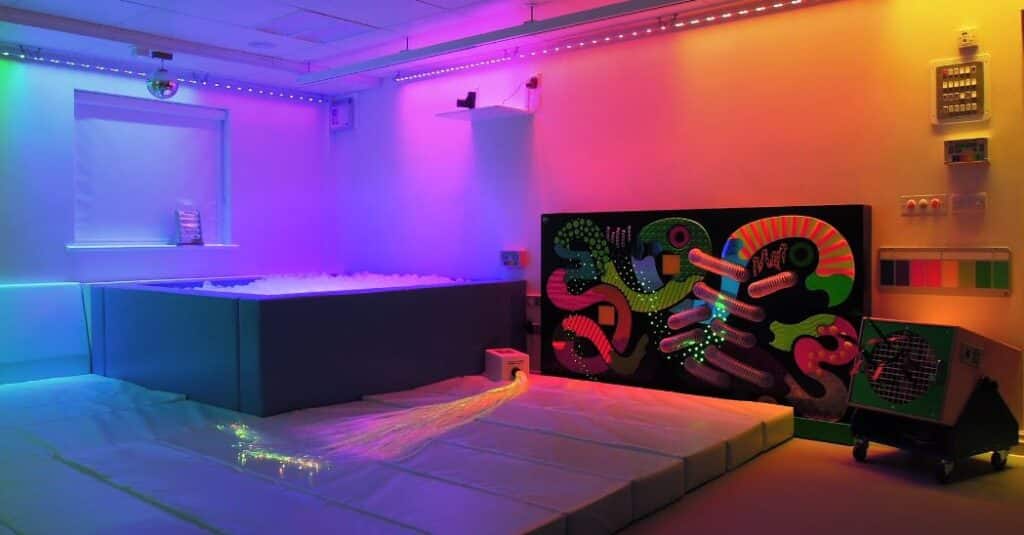Neurodivergence is a term that recognizes and celebrates the natural variations in how human brains work. From autism and ADHD to sensory processing disorders and beyond, neurodivergent individuals often experience the world differently. These differences can sometimes lead to sensory challenges, such as overstimulation or under-stimulation, which impact daily life, learning, and emotional regulation. In this context, sensory rooms have emerged as powerful tools to support neurodivergent individuals, providing spaces that cater to their unique sensory needs.
Understanding Neurodivergence and Sensory Needs
Neurodivergence encompasses a wide spectrum of conditions, including but not limited to autism spectrum disorder (ASD), attention-deficit/hyperactivity disorder (ADHD), and dyspraxia. While each condition presents differently in individuals, many neurodivergent people share sensory processing challenges.
Sensory processing involves how the brain interprets information from the senses, such as sound, touch, sight, taste, smell, and movement. For neurodivergent individuals, sensory input can sometimes be overwhelming, confusing, or even distressing.
- Hypersensitivity: Over-responsiveness to sensory input, such as loud noises or bright lights.
- Hyposensitivity: Under-responsiveness, leading to a need for more intense sensory experiences, like deep pressure or movement.
These sensory differences can make environments like classrooms, workplaces, or public spaces overwhelming. Sensory rooms aim to bridge this gap by providing controlled, adaptable spaces that regulate sensory input and support individuals in achieving calmness, focus, and comfort.
Did you know? At SensoryOne, we specialize in creating custom-designed sensory rooms that address diverse sensory needs, helping individuals thrive in schools, care facilities, and homes. Get your complimentary consultation.
What Is a Sensory Room?
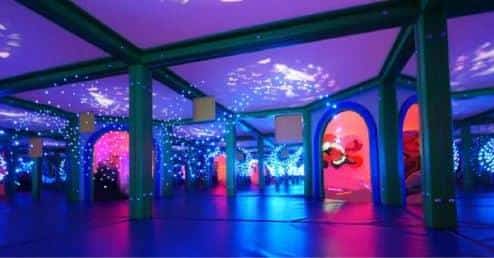
A sensory room is a specially designed space that uses a combination of sensory equipment and tools to provide calming or stimulating experiences. These rooms are carefully crafted to engage the senses in positive and therapeutic ways. Depending on individual needs, sensory rooms can help:
- Reduce anxiety and stress.
- Improve focus and concentration.
- Foster self-regulation and emotional balance.
- Encourage learning and motor development.
- Promote relaxation and comfort.
Sensory rooms are commonly used in schools, therapy centers, long-term care facilities, and homes to support neurodivergent individuals of all ages.
Key Features of Sensory Rooms
A well-designed sensory room incorporates a variety of tools and equipment to create an adaptable environment. Some common elements include:
- Visual Tools
- Fiber optic lights, bubble tubes, and projection systems provide calming visual stimulation.
- Tactile Equipment
- Textured walls, sensory panels, and weighted blankets cater to individuals seeking touch-based experiences.
- Auditory Features
- Soft music, nature sounds, or white noise help to create a calming atmosphere.
- Proprioceptive and Vestibular Tools
- Swings, balance beams, and beanbags provide movement and deep-pressure input.
- Olfactory and Taste Tools
- Aromatherapy diffusers or taste-safe activities stimulate smell and taste in controlled ways.
The flexibility of sensory rooms allows them to be customized to suit a specific environment or individual’s needs, making them invaluable for neurodivergent people.
How Sensory Rooms Support Neurodivergent Individuals
Sensory rooms can make a transformative difference in the lives of neurodivergent individuals. Here’s how:
- Regulating Overstimulation: In environments where noise, light, or activity levels are too high, sensory rooms offer a safe retreat. Tools like dim lighting, quiet corners, and soft textures help calm the nervous system.
- Providing Stimulation: For individuals who are hyposensitive, sensory rooms offer opportunities for active movement, tactile play, and engaging visuals. This stimulation can improve focus and overall well-being.
- Supporting Emotional Regulation: By engaging with sensory tools, neurodivergent individuals can learn to self-soothe, de-escalate emotional responses, and regain a sense of control.
- Enhancing Learning and Development: Sensory rooms provide a structured way to encourage motor skills, coordination, and cognitive development through hands-on sensory play and activities.
- Promoting Inclusion: In educational settings, sensory rooms allow neurodivergent students to access the same learning opportunities as their peers by offering breaks to reset and refocus.
Sensory Rooms in Schools and Therapy Settings
In schools, sensory rooms have proven to be essential for creating inclusive environments where all children can thrive. Students with sensory challenges or neurodivergent conditions often face difficulties concentrating, managing behaviors, or processing classroom stimuli. By incorporating a sensory room, schools can:
- Provide a quiet space for sensory breaks.
- Improve classroom participation and focus.
- Reduce disruptive behaviors caused by sensory overload.
- Foster a sense of safety and support for neurodivergent students.
In therapy centers, sensory rooms are used for occupational therapy, speech therapy, and emotional regulation. Therapists can create targeted activities to address specific sensory needs, helping individuals build skills and confidence over time.
Sensory Rooms for Adults
While sensory rooms are often associated with children, they are equally beneficial for neurodivergent adults. For adults with autism, ADHD, or sensory processing disorders, these spaces provide tools to reduce stress, improve focus, and support overall well-being. In workplaces, sensory rooms can serve as designated break areas where employees can regulate their sensory input and recharge.
In long-term care facilities, sensory rooms support individuals with conditions such as dementia or Parkinson’s disease. By offering gentle visual, tactile, and auditory stimulation, these spaces can reduce agitation, promote relaxation, and improve quality of life.
The Future of Sensory Rooms
As awareness of neurodivergence grows, the demand for sensory rooms is increasing. Schools, therapy centers, businesses, and families are recognizing the value of these spaces in fostering inclusivity and supporting sensory needs. Advances in sensory equipment and design continue to make these rooms more adaptable, accessible, and impactful for individuals of all ages.
By creating environments where neurodivergent individuals feel understood, supported, and empowered, sensory rooms play a crucial role in helping people thrive in everyday life.
Supporting Diverse Populations into the Future
Neurodivergence highlights the beauty of human diversity, but it also underscores the importance of creating environments that accommodate unique sensory needs. Sensory rooms offer a powerful solution for helping neurodivergent individuals find comfort, focus, and balance. Whether in schools, therapy centers, or homes, these spaces provide the tools necessary for individuals to navigate the world in a way that works for them.
To learn more about how customized sensory rooms can support neurodivergent individuals, sensory environment design experts can provide guidance on designing spaces that foster growth, calm, and inclusivity.

